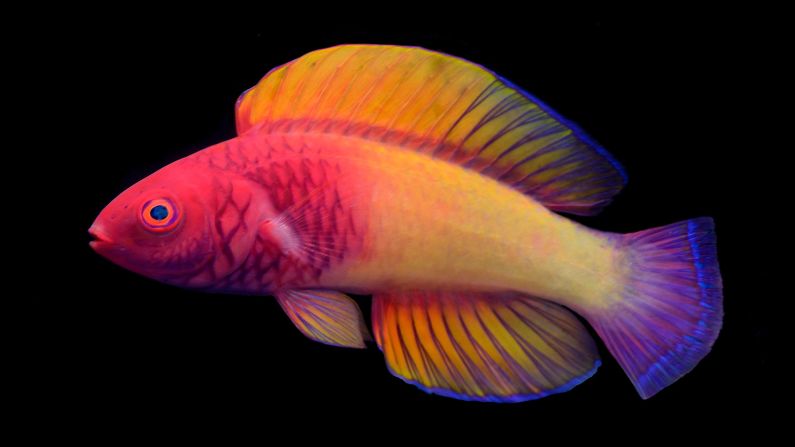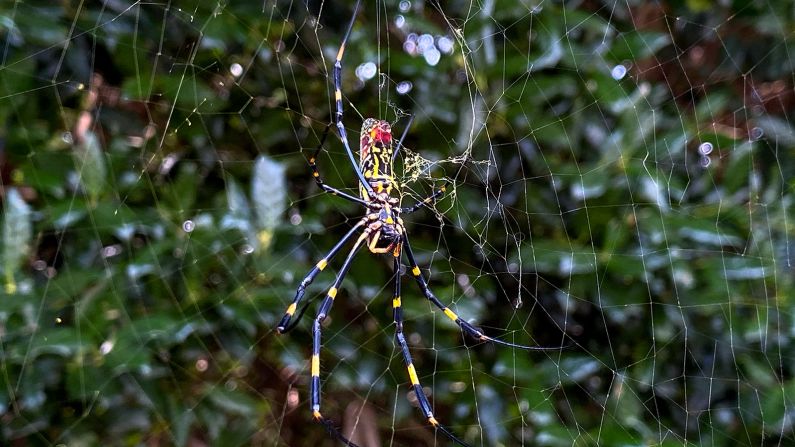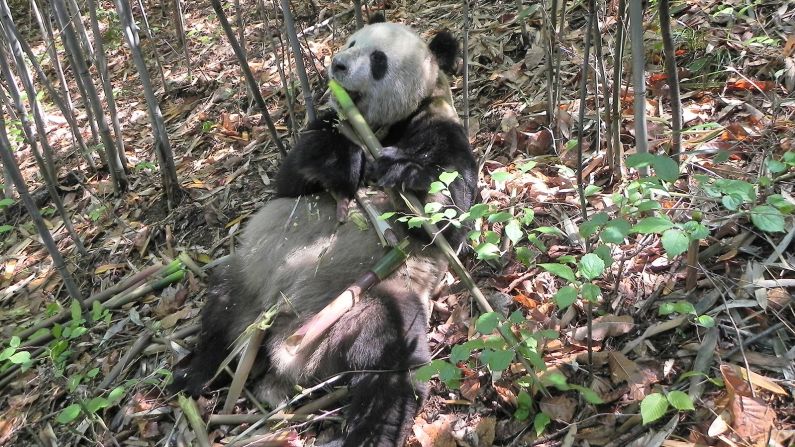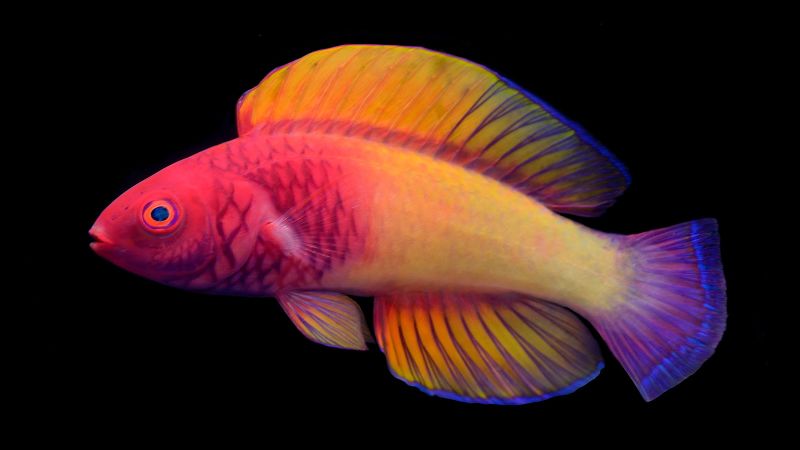Recent Wildlife Discoveries by iBestTravel
In a remarkable find, a breeding colony of 60 million fish has been discovered in Antarctica’s ice-covered Weddell Sea. This unique ecosystem, covering an area equivalent to Malta, features nests that are evenly spaced and typically guarded by one adult icefish (Neopagetopsis ionah).

The Discovery of the Rose-Veiled Fairy Wrasse
Say hello to the rose-veiled fairy wrasse, a colorful species newly described by science and the first fish to be documented by Maldivian scientist Ahmed Najeeb. Found at ocean depths of 131 to 229 feet (40 to 70 meters), this species, Cirrhilabrus finifenmaa, features stunning pink hues that honor the national flower of the Maldives.

Jorō Spider Expansion
The Jorō spider, a large arachnid native to southeastern Asia, can grow to the size of your palm or larger. This species, Trichonephila clavata, began spreading across the southeastern United States nearly a decade ago. Recent studies indicate that it could soon infiltrate the US Northeast.

Species Name Change – Spongy Moth
Previously known as the gypsy moth, the species Lymantria dispar is now referred to as the spongy moth, as deemed by the Entomological Society of America. Following an in-depth evaluation of over 200 nominations from a team of 50+ scientists, the new name was adopted to eliminate the ethnic slur associated with the term ‘gypsy.’

Chimpanzee Behavior in Gabon’s Loango National Park
Chimpanzees in Gabon’s Loango National Park have demonstrated an intriguing behavior of capturing insects and applying them to their own wounds, as well as the wounds of others, potentially signaling a form of medical treatment. This behavior has been linked with social empathy among chimpanzees and represents a significant breakthrough in our understanding of primate intelligence.

Pristine Coral Reefs Discovered Off Tahiti
Deep in the ocean off Tahiti, scientists made an astounding discovery of pristine, giant rose-shaped corals blossoming from the seafloor, characterized as part of the “twilight zone” ecosystem. The significant size and beauty of this coral reef underline the extensive unknowns still present in our oceans.

Discoveries of New Tarantula Species
Taksinus bambus, a new tarantula species discovered in Tak province, northwestern Thailand, is notable as the first known tarantula species to inhabit bamboo stalks. This finding exemplifies the importance of biodiversity yet to be documented within unexplored habitats.

Pandas and Their Specialized Diet
Pandas, known for their exclusive diet of bamboo, have evolved to maximize their nutrient intake from this low-energy food source. Recent studies suggest that their gut bacteria adapt according to the nutritional quality of bamboo, particularly during its most protein-rich sprouting phase.





